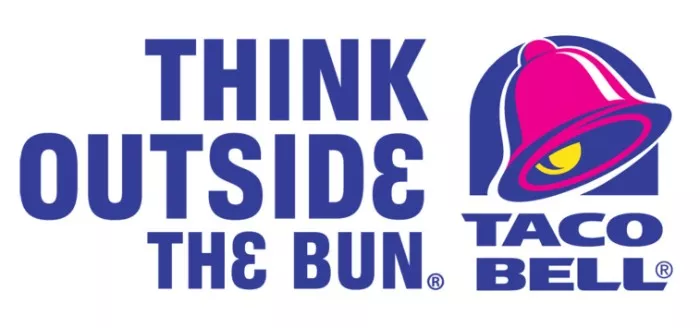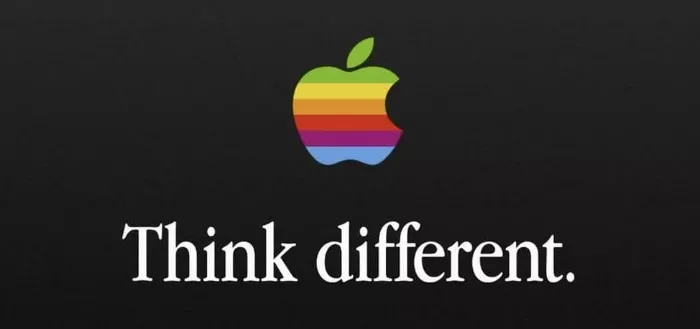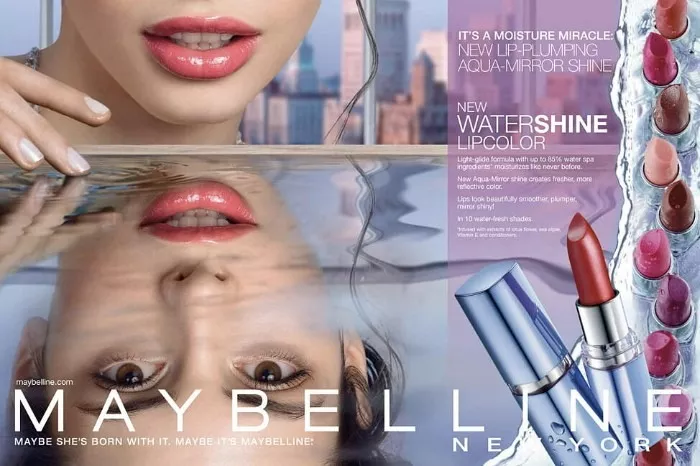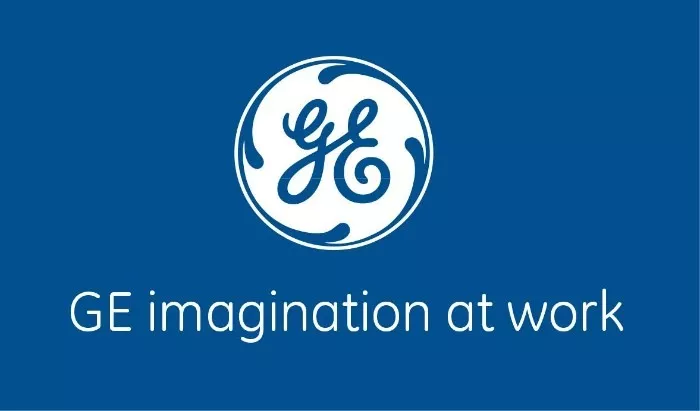Branding for Agencies: 7 Iconic Examples of Slogans to Model

Quick: If I hummed “Ba da ba ba bah” and asked you to finish up, what would you say?
If you live in one of the 100 countries McDonald’s operates in, you’d probably answer “I’m lovin’ it.”
Why? Because it’s one of the most well-known and catchy taglines ever.
And although they aren’t the most advanced or obscure marketing tactics, using taglines and slogans are a key part of any successful marketing campaign.
So whether you’re trying to sell luxury cars or discount razors, having a strong, memorable phrase customer can associate with your brand is something that has helped companies go from underdogs to top performers in their verticals.
And as an agency, you have the power to create phrases that can completely change the course of a business—but how do you ensure that you come up with something actually great?
Keep reading to learn:
- The difference between slogans and taglines and how you should use them in your agency.
- 7 legendary examples of slogans and taglines — and why they’re so effective.
- 5 tips for making your own slogans and taglines.
Sounds good? Let’s dive in.
Want to delegate all your marketing and funnel work done—without the headaches of hiring? Download our free guide: 33 Marketing Projects You Can Delegate to Growbo and discover how to save 100+ hours a month, grow faster, and scale without the overhead.
Slogans vs. Taglines — What’s the Difference?
At first glance, slogans and taglines may seem like the same thing. And in many cases, they’re used interchangeably. However, there are some key differences between these two marketing tools that you need to be aware of before writing your own.
While both slogans and taglines help establish brand identity and create a memorable association in customers’ minds, they have different functions. A tagline is typically used for brand identity, while a slogan is more flexible and is typically used in specific marketing campaigns.
(And, just in case you’re wondering, headlines are an entirely separate thing — check out this article to learn more about those.)
Think of it like this: your tagline sums up your brand. Your slogans sum up a particular product or feature you’re pushing during a particular campaign.
Taglines are long-term aspects of a brand that may not change for years or even decades. A slogan may change from campaign to campaign or be just one of several key phrases a brand uses in its advertising.
For example, Apple’s “Think Different” is a tagline for the entire brand, while Apple’s “Does More. Costs Less. It’s that Simple” is a slogan for a particular product, its Macintosh computer from the 90s.
Here’s a basic summary of the concept:

So what does this mean in terms of creating slogans and taglines?
To be honest, not much.
Although they’re used for different purposes, many of the principles that create a successful tagline also create a successful slogan.
And many brands aren’t too concerned with separating the two either. It isn’t uncommon for a brand to have a catchy phrase they use across different campaigns, and as their product offerings shift, they change it.
The argument could even be made that the Apple examples above aren’t really a slogan vs. a tagline but rather two separate taglines (or slogans) from different eras of Apple.
So, don’t worry too much about carving out a unique tagline that’s separate from a slogan — just be aware that they’re technically different if you want to create a particularly thorough campaign or brand map.
Why Slogans and Taglines Are Important for Brands
Slogans and taglines help build brand identity, create a meaningful association in customers’ minds, and communicate key differentiators about your products or services.
In a world of distractions and information coming at everyone at a million miles per hour from a million different directions, seeding your brand into the subconscious, emotionally driven mind is important for keeping your brand memorable — and that’s exactly what slogans and taglines accomplish.
Think of it like an anchor.
When a boat deploys an anchor, it can either stick into the sea floor below or drag along it. The success of the anchor varies depending on the weight and material of the anchor, the size of the boat, the way it’s deployed, the terrain on the sea floor, and dozens of other factors.
If an anchor is really stuck into the sea floor, the boat may abandon it entirely. Over time, it will grow seaweed, corals, and become part of the habitat.
Your goal when creating a tagline or slogan is to create an anchor that never moves again. You want it to get caught in your audience’s mind and grow positive associations with your brand, the same way an anchor grows sea life.
Done correctly, your anchor will become a permanent part of the habitat of a customer’s mind. They’ll never forget about you, even years after they stop seeing your advertising.
Want to automate other aspects of your workflow so you can spend more time creating the perfect anchor (or have someone else create the anchor)? Growbo.com lets you delegate unlimited marketing projects without the typical headaches of hiring so you can onboard more clients and scale your agency. Watch our demo to learn more or sign up today.
7 Legendary Examples of Slogans and Taglines
So how do you go about deploying this unmovable anchor?
Let’s take a look at some of the most successful examples and analyze what makes them tick.
#1. Dollar Shave Club: “Shave Time. Shave Money.”

Dollar Shave Club is a well-known razor subscription service that uses a humorous, irreverent tone of voice and clever tagline in their marketing.
With just four words, this tagline captures everything unique that Dollar Shave Club hopes to offer: It’s cheaper than other razors, the subscription model saves you time and hassle, and the play on words with “shave” communicates the brand’s playful voice and tone.
And, it works: After the release of a commercial that went viral using the tagline, Dollar Shave Club received 12,000 new orders within just 48 hours.
#2. MasterCard: “There are some things money can’t buy. For everything else, there’s MasterCard.”

MasterCard is a monolith in the credit card industry and has been for quite some time — it first started in the 60s and really picked up steam in the 80s and 90s.
But, one of its biggest marketing successes didn’t come until 1997 when MasterCard aired a commercial that described how buying tickets and a hot dog may cost money, but spending time at a baseball game with your son is priceless.
At the end, the full tagline was revealed, with the implication that MasterCard understands the importance of how someone’s overall life (including personal, emotional aspects like family) intertwines with the much more technical subject of their finances.
This commercial triggered a marketing campaign that spanned for years and catapulted MasterCard’s success. It expanded internationally, signed a deal with Citibank, and to this day, the “Priceless” tagline is a crucial component of MasterCard’s branding.
#3. Taco Bell: “Think Outside the Bun”

Taco Bell’s slogan is a prime example of how to communicate a key differentiator in just two simple words. With its tagline, Taco Bell completely revolutionized an entire industry by reframing what fast food was at a time when the industry was mainly focused on burgers and fries.
Not only that, “Think Outside the Bun” also affirms that they are committed to creativity and innovation — a promise they seem to keep. Taco Bell is continually coming out with wacky, creative, and never-before-seen products to the point where there are hot debates over whether Taco Bell even counts as Mexican food.
#4. Apple: “Think Different”

When it comes to iconic examples of slogans, the Apple slogan “Think Different” is one that will go down in history. It was first used in 1997 as part of a campaign that was meant to promote Apple’s return after an era of decline and refocus on its core values.
The original advertisement’s full script included, “Here’s to the crazy ones, the misfits, the rebels, the troublemakers, the round pegs in the square holes… the ones who see things differently.”
A bold nod to IBM’s “Think IBM,” Apple simultaneously positioned itself as a valid competitor to tech big names like IBM and a new, disruptive brand that was doing things, well, differently. Apple wanted to position itself as the new rebel on the block that would shake up the computing industry, and, for the most part, it succeeded.
With Apple’s stock price tripling in the year the advertisement was released, Apple kickstarted an entire generation of customers who identified with Apple’s products because Apple made them feel innovative, tech-savvy, and rebellious.
#5. General Electric: “Imagination at Work”
In the 90s, General Electric was struggling. It had to compete with its larger competitors, and it wasn’t seen as a fun or cool company like many of the other tech giants that were flourishing in the new digital era.
To change this perception, General Electric released the tagline “Imagination at Work,” which was inspired by an internal motto. This slogan communicated that GE was a company that fostered innovation, creativity, and out-of-the-box thinking.
It also emphasized how important imagination was to success in all industries — from technology to healthcare, GE wanted consumers to know that it could bring new developments and innovation into anything it touched.
#6. State Farm: “Like a Good Neighbor, State Farm is There”

State Farm is one of the biggest and most successful insurance companies in the world, and as such, it has gone through a few different slogans and taglines. But, one of the most memorable ones was the hit jingle “Like a Good Neighbor, State Farm is There.”
In the world of insurance where customers are expecting to get taken advantage of over fine print, this State Farm slogan was about much more than insurance — it was about good customer service and being there for people when they need you.
Most of all, it was about connecting with customers on a warm, human level — something people need when they’re filing insurance claims, which usually occurs at pretty sensitive moments in one’s life.
The result? Well, with the help of this tagline that was first created in 1971, State Farm has managed to become the #1 auto insurance company in the United States.
#7. Maybelline: “Maybe she’s born with it. Maybe it’s Maybelline.”

Maybelline is one of the most iconic makeup brands in the world, partially thanks to its slogan “Maybe she’s born with it. Maybe it’s Maybelline” that first rolled out in the 90s.
In fact, the tagline was so successful that many people still think it’s the current tagline — despite the fact that it got changed in 2016.
“Maybe she’s born with it” was so successful because it played into a common desire from Maybelline’s audience. An ultimate beauty goal that has persisted for decades is the idea of natural beauty, and many women want to achieve the look of natural beauty through makeup — even though this goal is technically impossible by definition.
By insinuating that Maybelline’s makeup is so subtle yet effective that it can pass for natural beauty, “Maybe she's born with it” taps into this desire and promises consumers that they can attain a nearly unattainable goal.
4 Traits of Powerful Taglines and Slogans
So what’s the final takeaway from all these taglines and slogans, and how can you apply it to the branding and marketing assistance you provide to your clients?
Here are 4 traits that all memorable, powerful taglines and slogans have — no matter what industry they’re operating in or what they’re selling.
#1. Unique
The first trait that any successful slogan or tagline needs to have is uniqueness. A slogan or tagline should be memorable, stand out in a crowd, and communicate how your brand is different from other brands in your industry.
Think about hit slogans like Taco Bell’s “Think Outside the Bun” or Maybelline’s “Maybe she’s born with it. Maybe it’s Maybelline.”
These examples immediately stick in your mind because they all communicate something different than their competitors. They're something that you could never imagine another business saying, and they help customers differentiate between similar products or services.
#2. Concise
Take a look at this list and do a survey on how many words each tagline or slogan is. While MasterCard is the longest at 12 words, many of them don’t even break 5 words.
A good tagline, slogan, or catchphrase of any kind needs to be short in order to be easily memorable and effective. You’re not trying to create a thorough explanation of every single offering your brand has — you just need to communicate the essence of the values and emotions that drive your branding.
#3. Comprehensive
On the other hand, even though you want your slogans and taglines to be short, you also want them to be comprehensive for what your brand does.
What this means is that you need to summarize your brand’s basic identity with a few words. Instead of relying on explicitly stating what you offer, try to tap into the subconscious feelings, emotions, and aura of your brand. Then, combine this with the actual tangible benefits you present to your customers.
For example, Dollar Shave Club’s ”Shave Time. Shave Money.” describes what the company does (shaving products), why it’s different (it’s more affordable and convenient), and the company’s overall tone (playful and fun). In just four words, you get the gist of what they offer.
#4. Sticky
Finally, you want your slogans and taglines to be sticky — or catchy, in other words.
You want your slogan to be just unexpected and out of the box enough to catch people’s attention and “stick” in their minds. This kind of tagline or slogan is usually short, memorable, and a little bit creative — which may go against the traditional advice of being clear rather than clever.
For example, a computer company that uses “Better Computing” as a slogan is being clear, but it’s not being sticky. “Better Computing” is a stock phrase that any brand could use, and it isn’t really memorable or eye-catching.
But, if that same computing brand used “Think Different” like Apple does, it becomes a lot more intriguing.
“Think different about what?” You may think. “How could computers be different?”
Even if the phrase is mysterious, it sticks in your head — which is exactly what a slogan or tagline is supposed to do.
Conclusion
Want to delegate all your marketing and funnel work done—without the headaches of hiring? Download our free guide: 33 Marketing Projects You Can Delegate to Growbo and discover how to save 100+ hours a month, grow faster, and scale without the overhead.
So there you have it — 7 examples of slogans and headlines that shaped some of the biggest brands in the world and why they work.
Using these as inspiration, along with the 4 tips I’ve provided, you can start crafting slogans and taglines for your clients.
And even if you’re not in charge of that, you can still use the insight from what makes a good slogan to get a better understanding of your clients’ branding and offer.
Do you create slogans? What do you think the biggest factor is in a slogan that works?
Let me know in the comments below.
Keep Growin’, stay focused.















